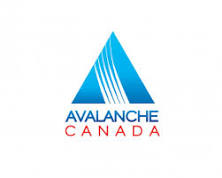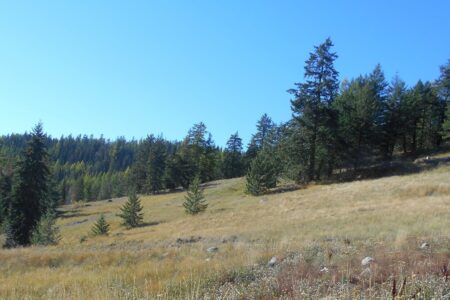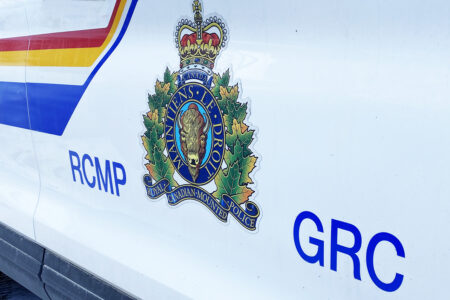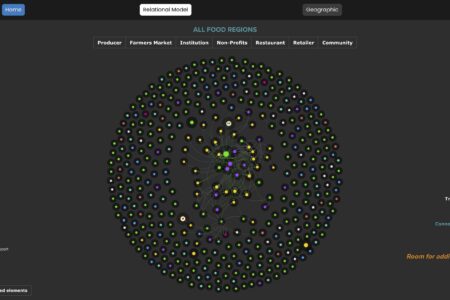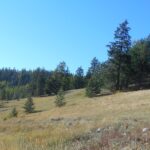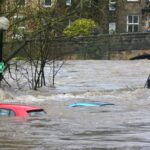Avalanche Canada Introduces the Mountain Information Network
New tool provides crowd-sourced observations for public avalanche safety
Jan 14, 2014, Revelstoke, BC: Avalanche Canada is pleased to announce a new tool for backcountry users that brings real-time information sharing to recreational users. The Mountain Information Network (MIN) offers an easy and effective method for backcountry users to submit weather, snowpack and avalanche observations. This data can then be viewed on the main map of Avalanche Canada’s website and mobile app.
“The MIN is fully integrated with our website at avalanche.ca,” explains Karl Klassen, Manager of Avalanche Canada’s Public Avalanche Warning Service. “Submissions to the network are geo-tagged, so others can easily see where the observations were made. The MIN gives all backcountry users access to real-time information and observations, which provides valuable decision-making support for travelling in avalanche terrain.”
Submitting to the MIN is easily done through a smartphone or on a home computer. A menu of items is provided to guide the observations and there is also the capability to send photos and add comments. These submissions then appear as small blue icons on the map in the app and at avalanche.ca, which other users can click to view.
“We are very excited about the potential for the MIN,” adds Klassen. “The data flow from some of our forecasting regions is sometimes irregular, especially early and late in the season, and a few regions suffer from a scarcity of data. Receiving more observations from the field will be tremendously valuable to our forecasting process.”
The MIN was developed through generous financial support from TECTERRA. “TECTERRA is proud to support public avalanche safety through development of the MIN,” says Jonathan Neufeld, Director of Commercialization Programs for TECTERRA. “By enabling users to contribute location-specific reports, we are creating a stream of reliable information that helps recreationists, public forecasters and industry users to stay safe in mountainous terrain.”


